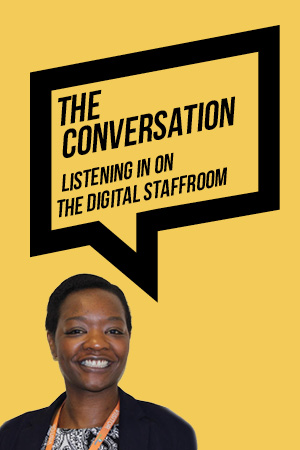Effective partnership models
By Dr Sam Baars and Loic Menzies (Read the research in full at www.lkmco.org.uk)
There has to be trust for a relationship to work – which will be no great surprise to anyone whose love life does not resemble a Richard Curtis film. But anyone whose personal life is a world apart from the stuff of cinema would do well to read this research as the advice is much the same as that of an agony aunt.
Whether you’re after a successful collaborative partnership or a successful relationship, certain factors always help: the “importance of a shared goal”; both partners respecting what each other does well; offering guidance – not criticism – when things are not done so well, Communication is key, too, as are “high levels of trust”. A series of case studies pays testament to the effectiveness of these.
Chiefly a review of literature around partnership, the report’s definition is broad, potentially too much so. There is an attempt to narrow it down to “three levels of partnership learning”: brokering, where a partner helps a school access sources of support; a partnership where the partner provides that support themselves; and a network of partners supporting each other.
“The report lacks examples of what might be a bad partnership”
Within these three there are different types of partners. Schools might be partners with each other, with public bodies or with “non-state organisations”, such as businesses and charities. “Non-state organisations” covers a multitude of scenarios, ranging from partnerships with artists, musicians and other such “creatives” in the – creatively named – Creative Partnerships, to a US-based investment bank in the case of the Bankers Trust and Morpeth School.
Arguably, the report suffers in adopting such a broad definition. In focusing on a wide range of partnerships the conclusions are quite general. Comparing the features of a good partnership with those of a good relationship isn’t flippancy: the principles of getting along and working together are the same. In this way there is nothing particularly enlightening about what the research finds to be the foundations of an “effective model”: trust and respect each other, have a shared vision of the future and communicate.
It’s a shame in this respect that the reasons for entering partnerships are somewhat glossed over. The authors suggest that they tend to come out of “problems”: an issue arises and a school will go into a partnership to try to address it. But the case studies all focus on good practice, which, while heartening, does not chart how to identify a problem, how to seek out the right partner or give any examples of what might be a bad partnership. Without wanting to name-and-shame, some examples of the latter might have been useful to help schools to learn from other’s mistakes, rather than conclusions that feel like a reiteration of the “trust, goals and communication” recipe for good partnership.
Which leads back to my initial comparison, partnerships and relationships. The language we use defines our interactions as much as our actions. “Partnership” rings particularly of the corporate sphere: “relationship” of the social.
It would be easy to sit behind a keyboard and polemicise about which sphere education should be taking its language from, but that is ultimately going to be the decision of the institutions involved, and the nature of the interaction they have with each other.
The broad definition of partnerships used might not be the most appropriate term for every interaction; research into the different types might provide more tangible suggestions on how to make them effective.












Your thoughts